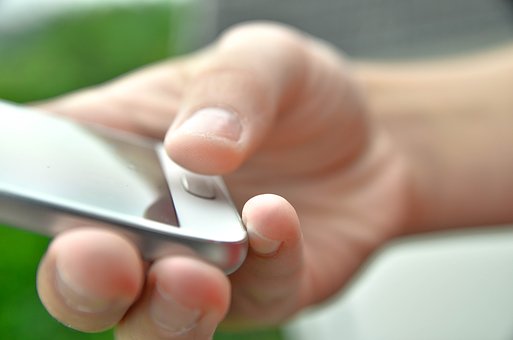Expanding ambit of medical sensor framework is advancing the 4P model of healthcare–preventive, predictive, personalized, and participatory medicine. Evolution of the medical sensors market will transform healthcare services across the entire continuum.
Medical sensing technologies ensnare unthinkable business sense for pioneers for next-gen healthcare systems. Perhaps not one area is left untouched by the heterogeneity of medical and healthcare sensors. Ranging from disease diagnosis to therapeutics, to validation of medical devices in acute care, to continuous monitoring of health status in disabled and those suffering from chronic diseases, to health and fitness—the possibilities medical sensors circumscribe are vast.
New approaches of integrating smart sensors to medical systems keep cropping up every now and then. So have the applications proliferated, expanding the canvas for players in the medical sensors market.
An interesting assortment of medical devices now popularized as wearables are increasingly getting better—accuracy, repeatability of results—with the use of new technologies in medical sensors. These find use in bringing to the table new avenue for therapeutics and diagnostics for assessing patients in critical care settings. A case in point is growing use of functional magnetic resonance imaging (fMRI) in neurology, use of sensing technologies for assessing spinal cord injury.
Sensors Empowers Continuity of Care
The advent of multi-model sensor systems has allowed clinicians in measuring and monitoring wide range of parameters– physiological parameters, essentially. Now, advent of multi-sensor models calls for robust data analysis techniques, and technology companies have been quick to lap up to the demand. The strides in IoT, mechatronics, computing platforms, and new ways of calibrating sensors have all boosted the capabilities of medical sensors in terms of reducing monitoring errors. Some of the applications are in fetal care and in cardio-respiratory monitoring in sports medicine.
Prevention of High-burden Diseases Incentivizes Collaboration
Extensive research and product development of medical wearable devices has popularized the concept of mobile health getting intertwined in people’s daily life. Both as a detection and as prevention tool, wearables using body sensors have advanced remote monitoring of diseases. And, the area has still vast latent opportunities in clinical health management waiting to be exploited—the 4P health model is in focus.
Request a Sample of Medical Sensors Market Report – https://www.transparencymarketresearch.com/sample.php
Stakeholders in the medical sensor market are eyeing multi-billion dollars growth in the area of chronic disease self-management, to highlight one recent trend. And, stridently, they are moving in concerted way, attracting cloud service providers and hardware developers—with the likes of Google Glass and AR/VR by numerous heavyweights.
The translation of wearables from lab to benchside has helped healthcare providers, organizations as a whole and clinicians in particular, to take a large part of the burden off the chronic diseases. Rehabilitative and aging care are the two most significant facets where wireless body sensor networks (WBAN) have brought incredible value. This is showing promise in sports rehabilitation and rehabilitation of people with disabilities.
Growing Array of Medical Sensors Enlarges Ecosystem of Chronic Disease Management
Medical sensors have changed face of chronic disease management. Home-rehabilitation and continuous monitoring of patients’ status attracts value. The trend is lucrative and numerous sensing technology companies are ready to plough in R&D investments. Medical sensors combined with imaging technologies expanding capabilities. A case in point is wearable cameras. The clinical potential is evident in the use of smart sensor-enabled healthcare systems in managing CVD, cancer, urinary diseases, and diabetes.
Epidemic Prevention: Criticality Reigns
A glaring trend that has attracted a groundswell of interest is the use of body area network, including WBAN, for epidemics control.
Covid-19 comes as turning point for control and management of epidemic disease. It is no surprise that the given the worldwide prevalence of epidemics, the medical sensors market will witness flurry of excitement from health stakeholders all over the world.
Wide range of medical sensors are in developmental stage which promise monitoring vital signs in epidemics, including in the wake of Covid-19 pandemic. Such studies have been done in India, Malaysia, and the U.S. In the past years, medical sensors have already been of unparalleled value in epidemic outbreaks that have occurred in various parts of the world.
TMR offers custom market research services that help clients to get information on their business scenario required where syndicated solutions are not enough, request for custom research here



































